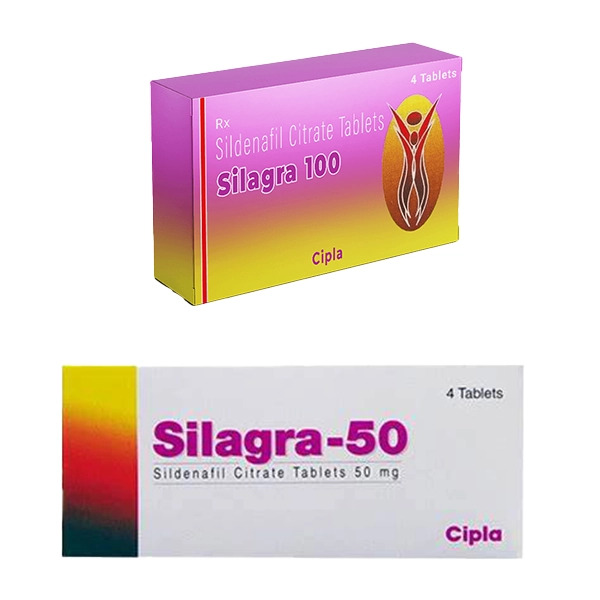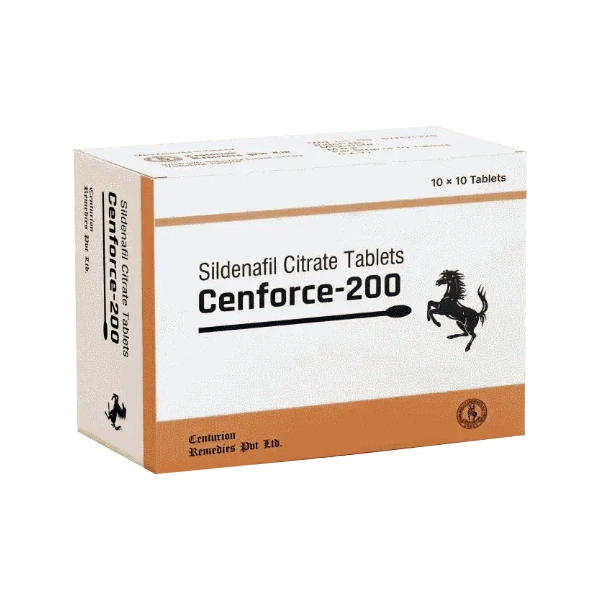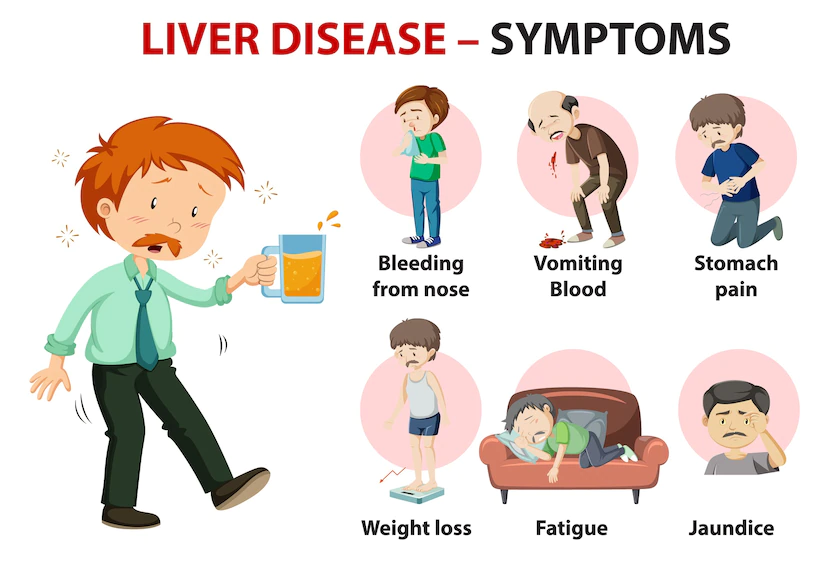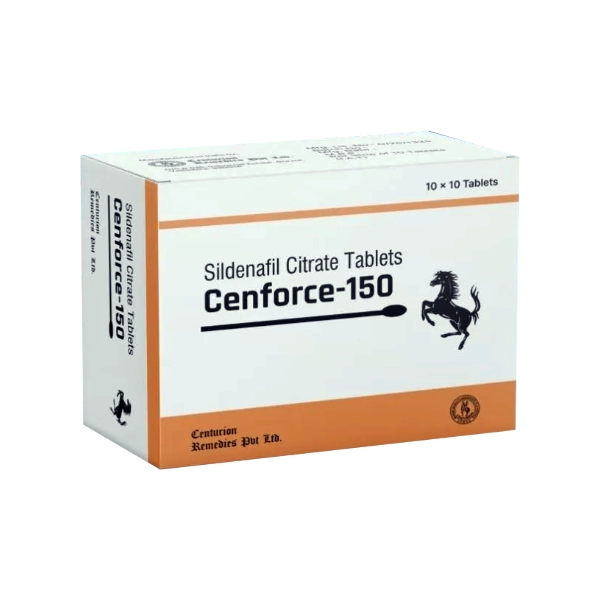
Crossflow Filters vs Industrial Plate Filter Press: Which is Best for Your Winery
Filtration is a vital step in winemaking, ensuring clarity, stability, and consistency before bottling. Traditionally, wineries have relied on plate and frame filter presses, but modern operations increasingly favor crossflow filtration for its efficiency and convenience. Both methods have distinct benefits and limitations, and understanding their differences is key to choosing the right solution for your winery.
What is Crossflow Filtration and How Does It Work?
Crossflow filtration is an advanced, automated process in which wine flows tangentially across a membrane filter rather than directly through it. This design minimizes clogging and allows continuous filtration without frequent cleaning or changing filter media.
In this system, the wine circulates under pressure, and only clear filtrate passes through the membrane while solids are swept away by the flow, preventing buildup. Crossflow filters use microporous membranes to remove suspended particles, yeast, and bacteria, achieving high clarity while preserving wine aroma and character. This method is highly efficient, reducing labor and downtime associated with traditional filtration.
Comparing Crossflow Filters and Plate Filter Presses
While both Crossflow vs plate filter press aim to clarify wine, their mechanisms, efficiency, and practicality differ significantly:
Efficiency: Crossflow filters offer continuous, automated filtration with minimal supervision, while plate presses require manual operation and frequent media changes.
Wine Quality: Crossflow’s gentle filtration preserves delicate aromas and flavors, whereas plate presses can strip some nuances due to more aggressive filtration.
Labor and Time: Plate presses are labor-intensive, involving loading filter sheets, monitoring flow, and regular cleaning, while crossflow units run largely unattended.
Operational Costs: Plate presses have lower upfront costs but higher ongoing expenses for filter sheets, labor, and maintenance. Crossflow filters cost more initially but reduce consumables and downtime over time.
Disadvantages of Plate and Frame Filter Presses
Although plate and frame filter presses have been reliable for decades, they come with notable drawbacks:
High Labor Demand: Operators must assemble, monitor, and clean the press regularly, which is time-consuming.
Frequent Consumable Replacement: Filter sheets must be changed often, adding recurring costs.
Wine Loss: Residual wine often remains trapped in the filter cake, reducing yield.
Batch Limitations: Filtration must be stopped between batches to replace media and clean the system, slowing production.
These disadvantages make plate presses less appealing for modern wineries seeking efficiency and scalability.
Types of Filter Presses
Traditional filter presses come in various configurations suited to different winery sizes and needs:
Manual Plate and Frame Presses: Affordable but labor-intensive, ideal for small wineries or occasional use.
Semi-Automatic Filter Presses: Reduce some manual tasks but still require frequent operator attention.
Fully Automatic Filter Presses: More efficient but still rely on filter media changes and downtime between batches.
Even with automation, plate presses cannot match the continuous, low-maintenance performance of crossflow systems.
Choosing the Right Filtration Method for Your Winery
Selecting between crossflow and plate filter presses depends on your winery’s production scale, labor availability, and quality goals. For small wineries with limited budgets, plate presses may suffice for occasional filtration. However, medium-to-large wineries often find that crossflow filtration offers long-term advantages, including reduced labor, lower wine loss, and improved product consistency.
Factors to Consider in Your Decision
When deciding on a filtration method, evaluate these key factors:
Production Volume: High-volume wineries benefit from the continuous operation and reduced labor demands of crossflow systems.
Labor Costs: Automated crossflow filters require minimal supervision, making them ideal in regions with high labor costs.
Budget: Plate presses have lower upfront costs, but crossflow units provide long-term savings through reduced consumables and efficiency gains.
Wine Quality Goals: For delicate wines requiring gentle handling, crossflow filtration better preserves aroma and mouthfeel.
Wine Type
Different wines have unique filtration needs:
Red Wines: Often require less intensive filtration but benefit from crossflow’s ability to handle higher solids content without clogging.
White Wines and Sparkling Wines: Typically need high clarity, making crossflow filtration an excellent choice.
Boutique or Specialty Wines: For small batches, plate presses may still be viable where automation isn’t cost-effective.
Making the Best Choice for Your Winery
Ultimately, the best filtration method depends on balancing cost, labor, and quality. Plate filter presses remain practical for smaller wineries or limited budgets, but crossflow filtration is increasingly becoming the preferred choice for its efficiency, wine preservation, and scalability.
By assessing your production needs and long-term goals, you can choose the right filtration system to streamline operations, improve wine quality, and support your winery’s growth.
Leave a Reply
Please login to post a comment.












0 Comments